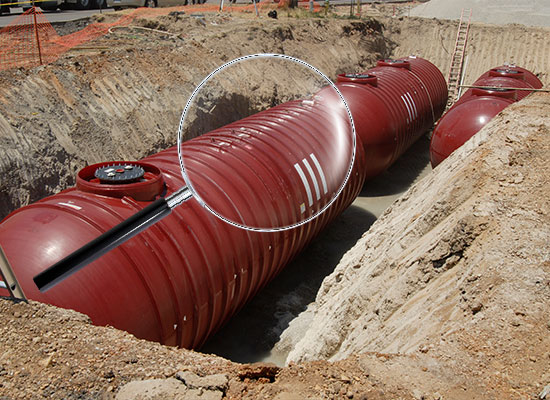The most common uses for underground storage services are interstate and intrastate pipeline companies, local distribution companies, and independent storage service providers. In the United States, more than 120 entities are operating such facilities, with more than half of the interstate or intrastate. These facilities are regulated by the Pipeline and Hazardous Materials Safety Administration and the Federal Energy Regulatory Commission. To find out which type of facility would suit your needs, check out the links below.
The physical characteristics of underground storage reservoirs are crucial for the project’s success. Besides construction, operations, and maintenance costs, underground storage reservoirs must meet strict specifications. Their capacity and deliverability rates are essential criteria for determining the cost of confidential storage services. The capacity and cycling capability of a storage reservoir are also necessary. In addition, operators should consider the site’s seismic condition. This way, the operators can plan their work based on the potential risks and hazards.
Storage operators need to keep an eye on the integrity of the underground storage system to avoid a breach. These operators use various downhole logging tools to check for leaks and weak points. They also investigate any suspicious indications. For instance, formation evaluation tools include neutron logging, noise and temperature surveys, downhole cameras, magnetic flux leakage, and cathodic protection profile surveys. Using multiple methods, operators can ensure that their operations are safe and effective. They use risk-based assessments and API Recommended Practices to determine what actions should be taken.
In addition to checking for leakage and weak points, storage operators also check for other indicators. They also investigate the location of any suspicious indications. They use several downhole logging techniques, including neutron and fluid movement indicators, noise and temperature surveys, and casing inspections. They use risk-based assessments and API Recommended Practices to assess the sound condition to make these decisions. Once the well is stable, the operator uses the appropriate remedial work to avoid a breach.
The underground storage tank is a reservoir of natural gas. The capacity of an underground storage facility depends on its design. The underground storage facility is designed to meet different needs, including natural gas, NGL, and power. The total gas in a storage tank is known as the working gas capacity during the winter season. In this case, the base gas is not stored, and the storage facilities are not in the whole operation. If a leak occurs, the pipeline must be shut down.
These underground storage facilities are designed to meet specific needs. In the United States, the most common types of underground storage facilities are salt formations. These are located primarily in the Gulf Coast region. These are very low-pressure zones and are not suitable for natural gas storage. They are a good option if you have a large amount of natural gas and need to store it for longer. The capacity of these storage facilities can be easily exceeded if the reservoir is filled with brine.
An underground storage facility can be used for natural gas storage. The most common types of underground storage are aquifers, caverns, and salt formations. Among the various classifications, salt formations are the most common. They are an excellent option for natural gas storage, as they allow high-pressure storage. It is important to note that the capacity of an underground facility depends on its design. The working gas capacity is the amount of natural gas stored in the reservoir at a given time.
Salt caverns are a more recent option for underground gas storage. These salt formations offer the advantage of high-pressure storage. They are also cheaper than depleted fields, which are the only source of natural gas. But they do not provide the convenience of above-ground natural gas storage. They are usually expensive, and their capacity is limited. In addition, the costs per thousand cubic feet are very high. This makes them the best option for natural gas storage.
The most common underground storage sites include aquifers and depleted natural gas fields. The capacity of these resources is approximately 4 trillion cubic feet, and they benefit from being able to store gas for several years. The cost of operating a salt cavern depends on how much of the material is required for the project. They are also easier to install and maintain than conventional facilities. There are many benefits. You can store liquids and natural gas there.










